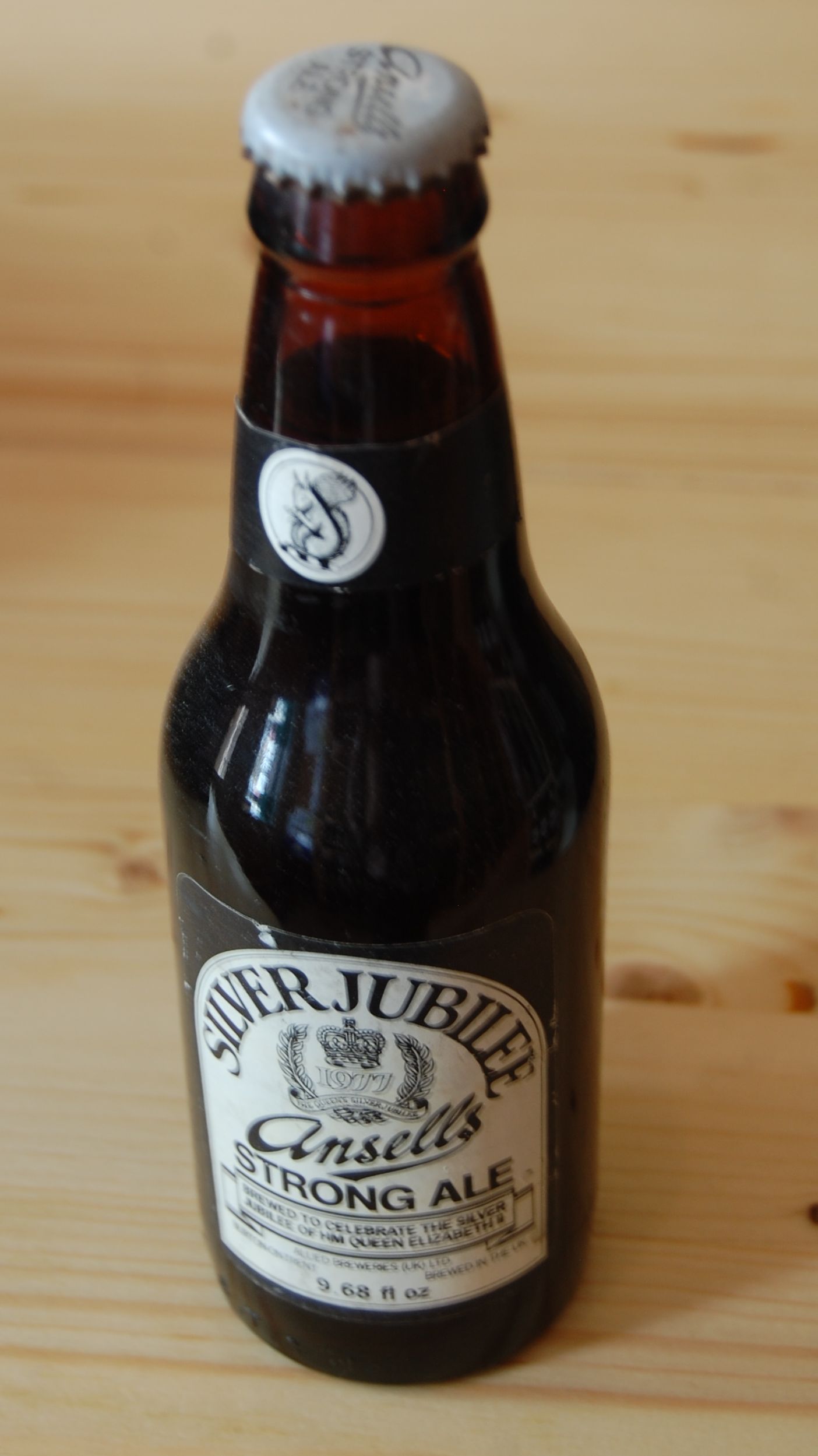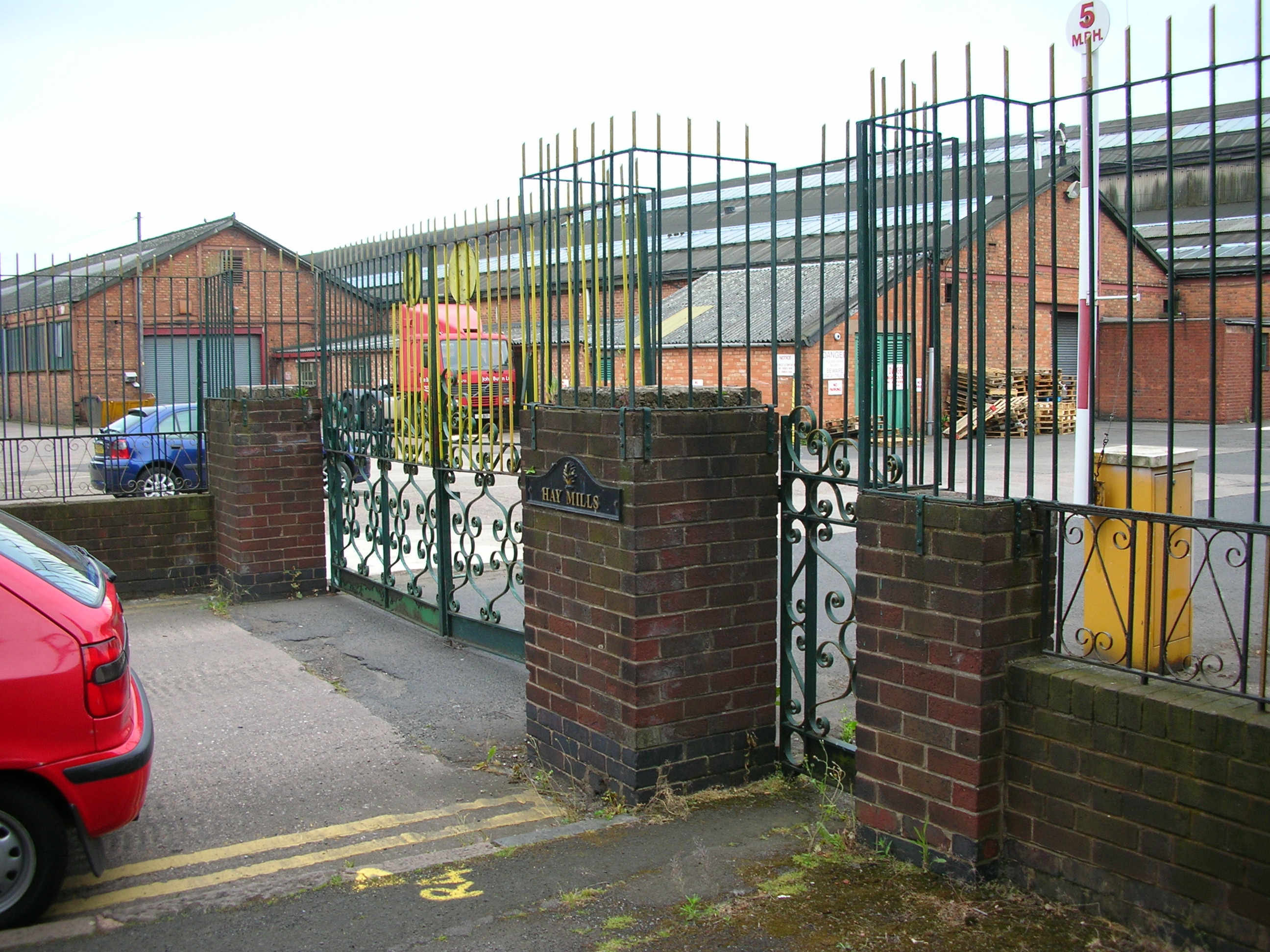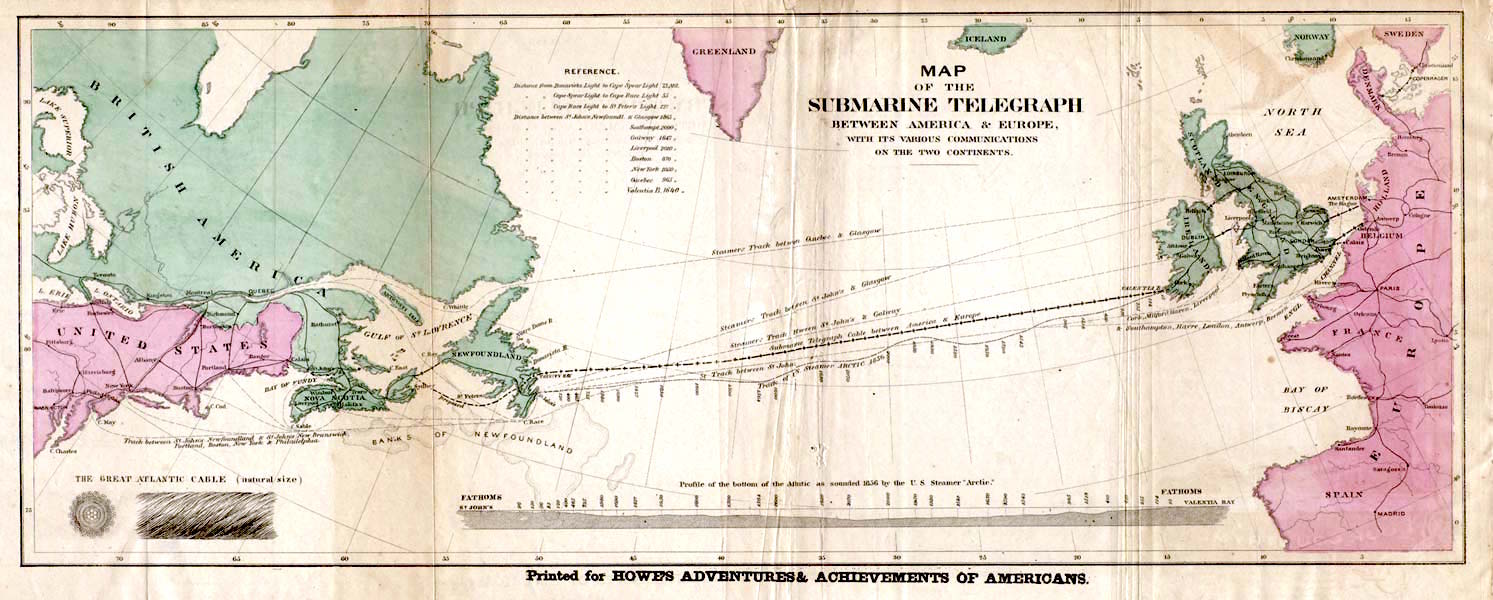|
Penns Hall
Penns Hall is a building on Penns Lane, Walmley, Sutton Coldfield, Birmingham, England, operated as a hotel and country club by Ramada International. It is a Grade B locally listed building, and is licensed as a venue for civil marriages and civil partnerships. Plants Brook, a tributary of the River Tame, flows through its grounds. A long pool formed by the damming of Plants Brook named Penns Lake is also part of the hotel grounds. This is today used as a carp fishing lake operated by Fosters Fisheries. History In 1618, John Penn was operating two water mills for corn milling and for blade sharpening in Sutton Coldfield. The Websters, a Presbyterian family, operated a blade mill at Perry Barr, Birmingham and in about 1750, Joseph Webster acquired the additional lease of the Penns Mills which property in 1776 comprised a house and two dwellings adjoining a wire mill and a fulling mill, called Penns Mills. He and his son Joseph Webster developed a wire drawing business and ... [...More Info...] [...Related Items...] OR: [Wikipedia] [Google] [Baidu] |
Hotel
A hotel is an establishment that provides paid lodging on a short-term basis. Facilities provided inside a hotel room may range from a modest-quality mattress in a small room to large suites with bigger, higher-quality beds, a dresser, a refrigerator and other kitchen facilities, upholstered chairs, a flat screen television, and En-suite, en-suite bathrooms. Small, lower-priced hotels may offer only the most basic guest services and facilities. Larger, higher-priced hotels may provide additional guest facilities such as a swimming pool, business centre (with computers, printers, and other office equipment), childcare, conference and event facilities, tennis or basketball courts, gymnasium, restaurants, day spa, and social function services. Hotel rooms are usually Room number, numbered (or named in some smaller hotels and Bed and breakfast, B&Bs) to allow guests to identify their room. Some boutique, high-end hotels have custom decorated rooms. Some hotels offer meals as part ... [...More Info...] [...Related Items...] OR: [Wikipedia] [Google] [Baidu] |
Baron Dickinson Webster
Baron Dickinson Webster (1818–1860), son of Joseph Webster of Penns Hall, Sutton Coldfield (then in Warwickshire), England, was a Justice of the Peace, a freemason, a member of the Aston Union and of the Turnpike Trust and was Warden of the town in 1844 and in 1855-1858 ("Baron" was his given name, not a heraldic title). A man of some prominence, he was much involved in the negotiations with railway companies regarding their plans for routes to and through Sutton Coldfield. His business interests included the manufacture of wire, and in 1998 a blue plaque was erected at Penns Hall, by the Sutton Coldfield Civic Society, honouring his involvement in the first transatlantic telegraph cable. In 1855, the business of Websters was merged with that of Horsfall at Hay Mills, Birmingham and, in 1859, the whole business was transferred to Hay Mills and the Penns Mills were closed down, with serious financial consequences for many workers and the economy of the Walmley area of Sutton Col ... [...More Info...] [...Related Items...] OR: [Wikipedia] [Google] [Baidu] |
Crossroads (soap Opera)
''Crossroads'' (later known as ''Crossroads Motel'' and ''Crossroads King's Oak'') is a British television Regular television broadcasts in the United Kingdom started in 1936 as a public service which was free of advertising, which followed the first demonstration of a transmitted moving image in 1926. Currently, the United Kingdom has a collection ... soap opera that ran on ITV (TV network), ITV over two periods – the original 1964 to 1988 run, followed by a short revival from 2001 to 2003. Set in a fictional motel (hotel in the revival) in the Midlands, ''Crossroads'' became a byword for cheap production values, particularly in the 1970s and early 1980s. Despite this, the series regularly attracted huge audiences during this time, with ratings as high as 15 million viewers. It was created by Hazel Adair (actress and screenwriter), Hazel Adair and Peter Ling and produced by Associated TeleVision, ATV (until the end of 1981) and then by ATV's successor, ITV Central, Ce ... [...More Info...] [...Related Items...] OR: [Wikipedia] [Google] [Baidu] |
Ansells
Ansells Brewery was a regional brewery founded in Aston, Birmingham, England in 1858. It merged with Taylor Walker and Ind Coope in 1961 to form Allied Breweries. The brewery remained in operation until 1981, after which production transferred to Allied's Burton upon Trent brewery; some former employees later set up the Aston Manor Brewery. History The brewery was founded by Joseph Ansell, a hop merchant and maltster, in 1858 at Aston Cross on the site of several artesian wells (the later HP Sauce factory was adjacent). William Ansell joined his father in partnership in 1867. From 1877 the company was known as Joseph Ansell and Sons, and became a limited liability company, Joseph Ansell & Sons Ltd, in 1889. In June 1901 it became a registered company called Ansells Brewery Ltd. The company was valued at over £750,000 and included 388 licensed houses. Ansells grew by acquiring several other smaller local brewers including Rushtons with 100 licensed houses in 1923, Lucas of Lea ... [...More Info...] [...Related Items...] OR: [Wikipedia] [Google] [Baidu] |
Hay Mills
Hay Mills is an area of east Birmingham, England straddling the A45 road, A45 Coventry Road about south east of the city centre. North of the Coventry Road is mainly residential whereas the south is mixed residential and commercial. The area was subsumed into Birmingham in 1911. History Haye is the first recorded name dating to 1171 and Hayemill by 1495. In Old English, gehaeg means 'fenced/ hedged land'. Here would have been the farm of a medieval family who had enclosed some of the fertile land near the River Cole, West Midlands, River Cole. The enclosed fields may have been surrounded by a substantial ditch perhaps as wide as two metres and over a metre in depth. There was a corresponding bank of similar dimensions. It is likely that the bank would have been topped with a fence while a live hedge grew. The hedge would have been planted with hawthorn, a quick growing tree whose name literally means 'hedge thorn'. It is likely that the enclosures would have been used for keepin ... [...More Info...] [...Related Items...] OR: [Wikipedia] [Google] [Baidu] |
Transatlantic Telegraph Cable
Transatlantic telegraph cables were undersea cables running under the Atlantic Ocean for telegraph communications. Telegraphy is now an obsolete form of communication, and the cables have long since been decommissioned, but telephone and data are still carried on other transatlantic telecommunications cables. The first cable was laid in the 1850s from Valentia Island off the west coast of Ireland to Bay of Bulls, Trinity Bay, Newfoundland. The first communications occurred on 16 August 1858, but the line speed was poor, and efforts to improve it caused the cable to fail after three weeks. The Atlantic Telegraph Company led by Cyrus West Field constructed the first transatlantic telegraph cable. The project began in 1854 and was completed in 1858. The cable functioned for only three weeks, but was the first such project to yield practical results. The first official telegram to pass between two continents was a letter of congratulations from Queen Victoria of the United ... [...More Info...] [...Related Items...] OR: [Wikipedia] [Google] [Baidu] |
Blue Plaque
A blue plaque is a permanent sign installed in a public place in the United Kingdom and elsewhere to commemorate a link between that location and a famous person, event, or former building on the site, serving as a historical marker. The term is used in the United Kingdom in two different senses. It may be used narrowly and specifically to refer to the "official" scheme administered by English Heritage, and currently restricted to sites within Greater London; or it may be used less formally to encompass a number of similar schemes administered by organisations throughout the UK. The plaques erected are made in a variety of designs, shapes, materials and colours: some are blue, others are not. However, the term "blue plaque" is often used informally to encompass all such schemes. The "official" scheme traces its origins to that launched in 1866 in London, on the initiative of the politician William Ewart, to mark the homes and workplaces of famous people. It has been administe ... [...More Info...] [...Related Items...] OR: [Wikipedia] [Google] [Baidu] |
Wire
Overhead power cabling. The conductor consists of seven strands of steel (centre, high tensile strength), surrounded by four outer layers of aluminium (high conductivity). Sample diameter 40 mm A wire is a flexible strand of metal. Wire is commonly formed by drawing the metal through a hole in a die or draw plate. Wire gauges come in various standard sizes, as expressed in terms of a gauge number. Wires are used to bear mechanical loads, often in the form of wire rope. In electricity and telecommunications signals, a "wire" can refer to an electrical cable, which can contain a "solid core" of a single wire or separate strands in stranded or braided forms. Usually cylindrical in geometry, wire can also be made in square, hexagonal, flattened rectangular, or other cross-sections, either for decorative purposes, or for technical purposes such as high-efficiency voice coils in loudspeakers. Edge-wound coil springs, such as the Slinky toy, are made of special flatten ... [...More Info...] [...Related Items...] OR: [Wikipedia] [Google] [Baidu] |
Turnpike Trust
Turnpike trusts were bodies set up by individual Acts of Parliament in the United Kingdom, acts of Parliament, with powers to collect road toll road, tolls for maintaining the principal roads in Kingdom of Great Britain, Britain from the 17th but especially during the 18th and 19th centuries. At the peak, in the 1830s, over 1,000 trusts administered around of turnpike road in England and Wales, taking tolls at almost 8,000 toll-gates and side-bars. During the early 19th century the concept of the turnpike trust was adopted and adapted to manage roads within the British Empire (Ireland, Canada, Australia, New Zealand, India, and South Africa) and in the United States. Turnpikes declined with the Railway mania, coming of the railways and then the Local Government Act 1888 gave responsibility for maintaining main roads to county councils and county borough councils. Etymology The term "turnpike" originates from the similarity of the gate used to control access to the road, to ... [...More Info...] [...Related Items...] OR: [Wikipedia] [Google] [Baidu] |
Aston Union
Aston is an area of inner Birmingham, England. Located immediately to the north-east of Central Birmingham, Aston constitutes a ward within the metropolitan authority. It is approximately 1.5 miles from Birmingham City Centre. History Aston was first mentioned in the Domesday Book in 1086 as "Estone", having a mill, a priest and therefore probably a church, woodland and ploughland. The Church of Saints Peter and Paul was built in medieval times to replace an earlier church. The body of the church was rebuilt by J. A. Chatwin during the period 1879 to 1890; the 15th century tower and spire, which was partly rebuilt in 1776, being the only survivors of the medieval building. The ancient parish of Aston (known as Aston juxta Birmingham) was large. It was separated from the parish of Birmingham by AB Row, which currently exists in the Eastside of the city at just 50 yards in length. Aston, as Aston Manor, was governed by a Local Board from 1869 and was created as an Urban Distric ... [...More Info...] [...Related Items...] OR: [Wikipedia] [Google] [Baidu] |
Freemason
Freemasonry or Masonry refers to fraternal organisations that trace their origins to the local guilds of stonemasons that, from the end of the 13th century, regulated the qualifications of stonemasons and their interaction with authorities and clients. Modern Freemasonry broadly consists of two main recognition groups: * Regular Freemasonry insists that a volume of scripture be open in a working lodge, that every member profess belief in a Supreme Being, that no women be admitted, and that the discussion of religion and politics be banned. * Continental Freemasonry consists of the jurisdictions that have removed some, or all, of these restrictions. The basic, local organisational unit of Freemasonry is the Lodge. These private Lodges are usually supervised at the regional level (usually coterminous with a state, province, or national border) by a Grand Lodge or Grand Orient. There is no international, worldwide Grand Lodge that supervises all of Freemasonry; each Grand Lod ... [...More Info...] [...Related Items...] OR: [Wikipedia] [Google] [Baidu] |
Justice Of The Peace
A justice of the peace (JP) is a judicial officer of a lower or ''puisne'' court, elected or appointed by means of a commission ( letters patent) to keep the peace. In past centuries the term commissioner of the peace was often used with the same meaning. Depending on the jurisdiction, such justices dispense summary justice or merely deal with local administrative applications in common law jurisdictions. Justices of the peace are appointed or elected from the citizens of the jurisdiction in which they serve, and are (or were) usually not required to have any formal legal education in order to qualify for the office. Some jurisdictions have varying forms of training for JPs. History In 1195, Richard I ("the Lionheart") of England and his Minister Hubert Walter commissioned certain knights to preserve the peace in unruly areas. They were responsible to the King in ensuring that the law was upheld and preserving the " King's peace". Therefore, they were known as "keepers of th ... [...More Info...] [...Related Items...] OR: [Wikipedia] [Google] [Baidu] |





.jpg)


